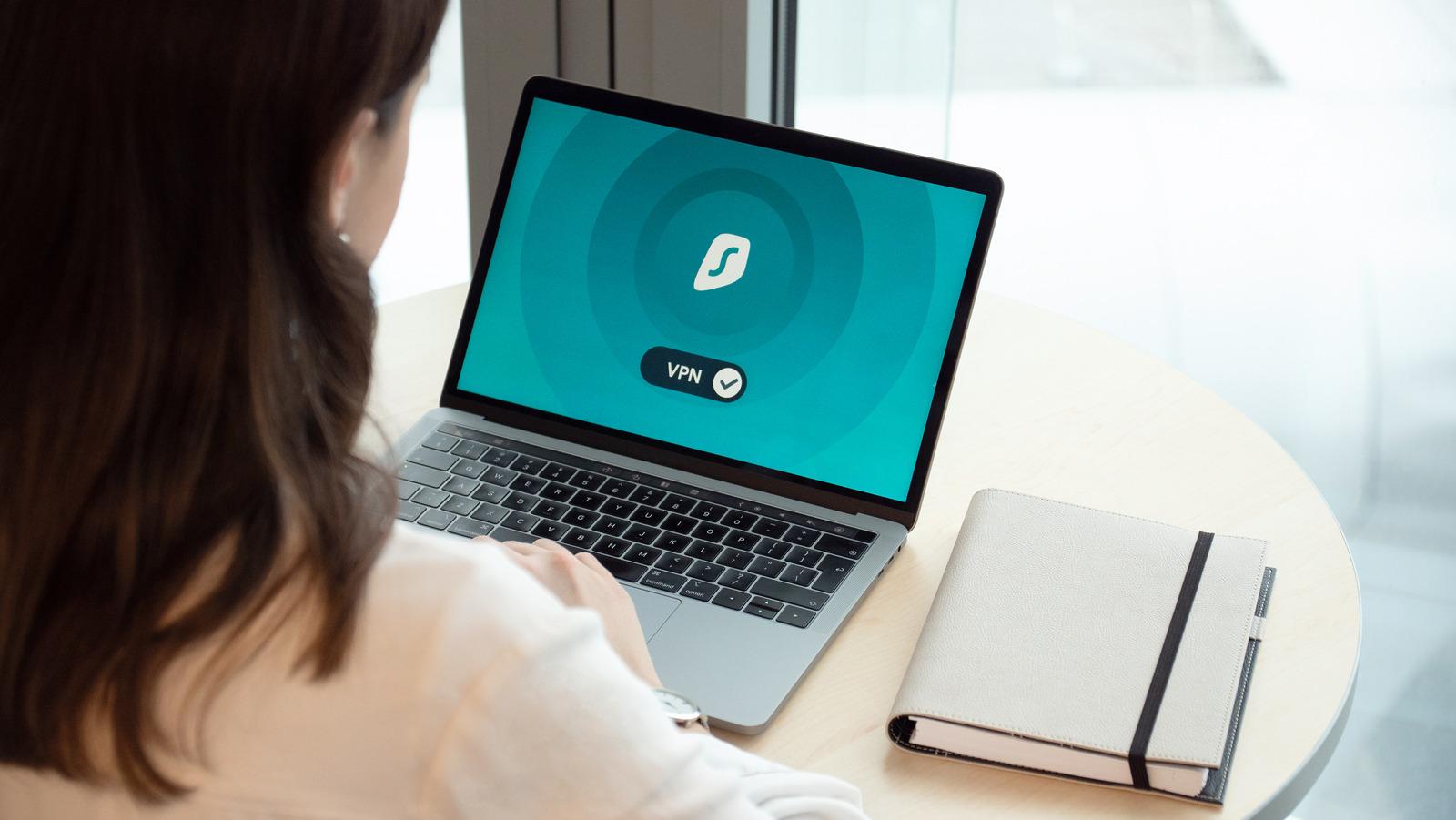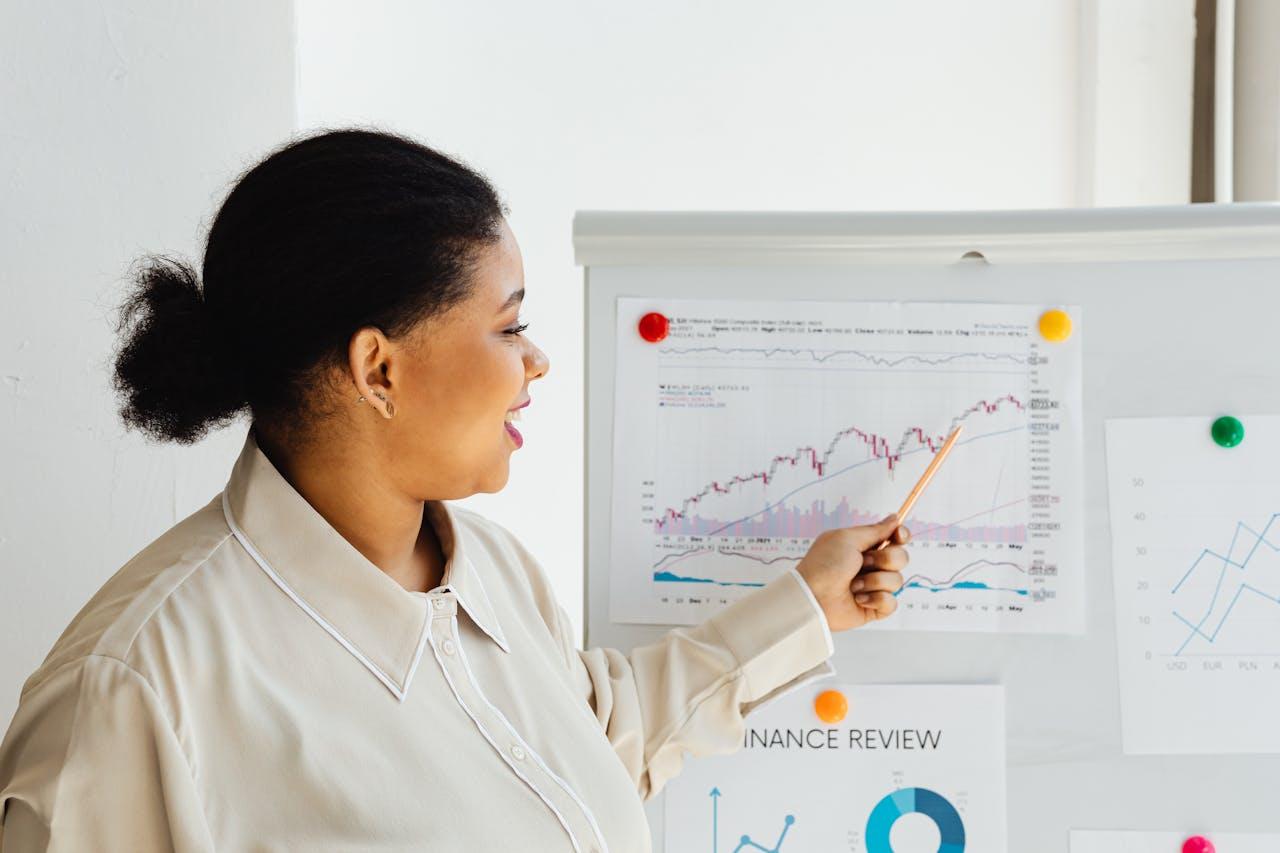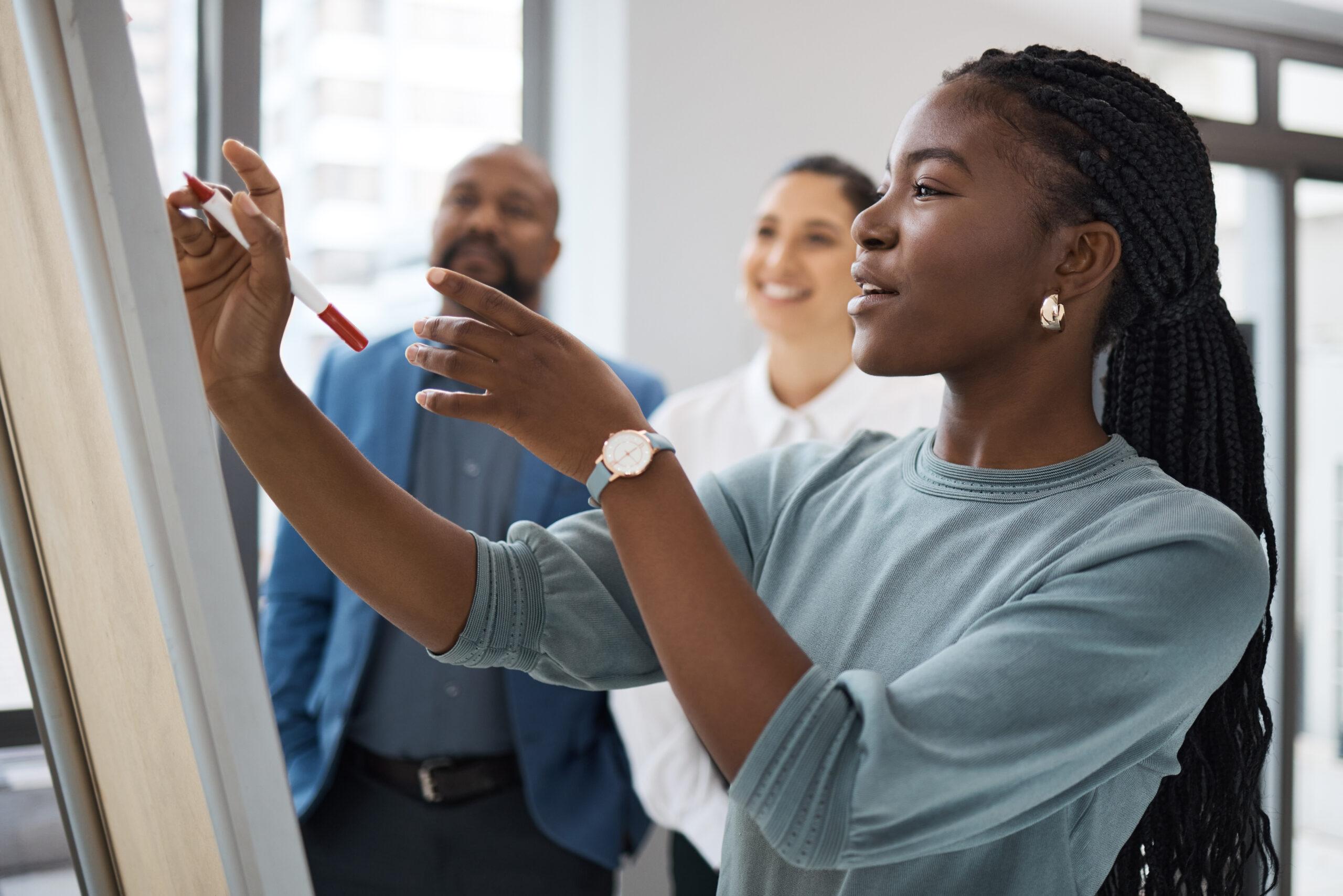Everything You Need To Know About New York City’s June Local Primary Election
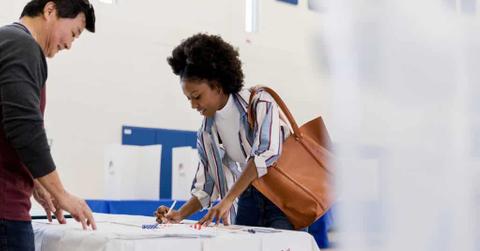
Federal elections receive far more attention and publicity than local elections ever have. Likely, you’ve thought that the local elections and primaries are “less important” because it’s just “a judge” or a “comptroller” – whatever that is.
Less than 25% of voters show up to polls on Election Day for midterms and primaries, while 70% of voters come out for votes on federal officials. But local elections are equally important, if not more so than federal elections, according to Olivia Brady, Youth Engagement Coordinator at the New York City Campaign Finance Board, which oversees the voter engagement initiative NYC Votes.
Brady says, “Local elections are a really great way for people to make a serious impact because they are very close to home. You can actually talk to your city council people and their staff directly. A lot of times these policies that we want to see can sometimes be implemented in a much easier way at the local level, as opposed to at the federal level.”
Knowing who’s on the ballot, what the office titles mean, and how to vote are critical parts of this process. That’s exactly what this guide is for.
16-year-old Kaisha Handa, Youth Ambassador for NYC Votes, says, “We can choose the officials who can make these laws and make these changes happen because honestly, at the end of the day, everything is politics. So, when you elect your own officials and you elect people into power that align with your values, things that you’re passionate about – things that you’ve witnessed – these flaws in our society are more likely to change. Change is in our hands.”
If we want to see real change happen, we must begin with the local government where these policies impact the citizenry directly.
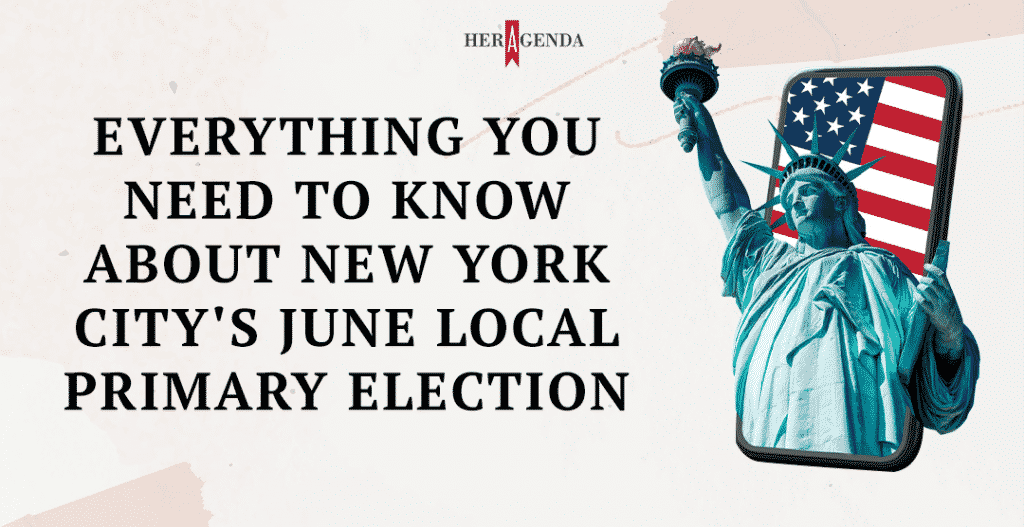
Who’s Running And Why It Matters
Before we vote, we need to understand what offices are on the ballot, what each office is responsible for, and who’s running. The platforms of each candidate are critical for understanding what issues matter to candidates and how they plan to deal with these vital concerns.
Mayor
There are 15 candidates for Mayor this election. The Mayor of New York City is the top-tier in the hierarchy of NYC government, considered the leader of the city. The mayor proposes the city’s budget, signs or vetoes bills passed by the City Council, sets policies for city agencies, and appoints leaders of agencies like the Police Department and Department of Education.
The mayor also manages city lands, which impacts public parks, street cleaning and affordable housing. The Mayor of New York City can serve up to two consecutive terms, which are each 4 years long.
A defining issue of this election is safety in the subways and street crime, according to the media. Though crime in the subways has dropped, ridership has also dropped, raising the likelihood of becoming a victim to twice the former levels. The city has also seen a 160% rise in street crime and hate crimes from last year (April 2020 compared to April 2021), also requiring significant attention from whoever becomes mayor.
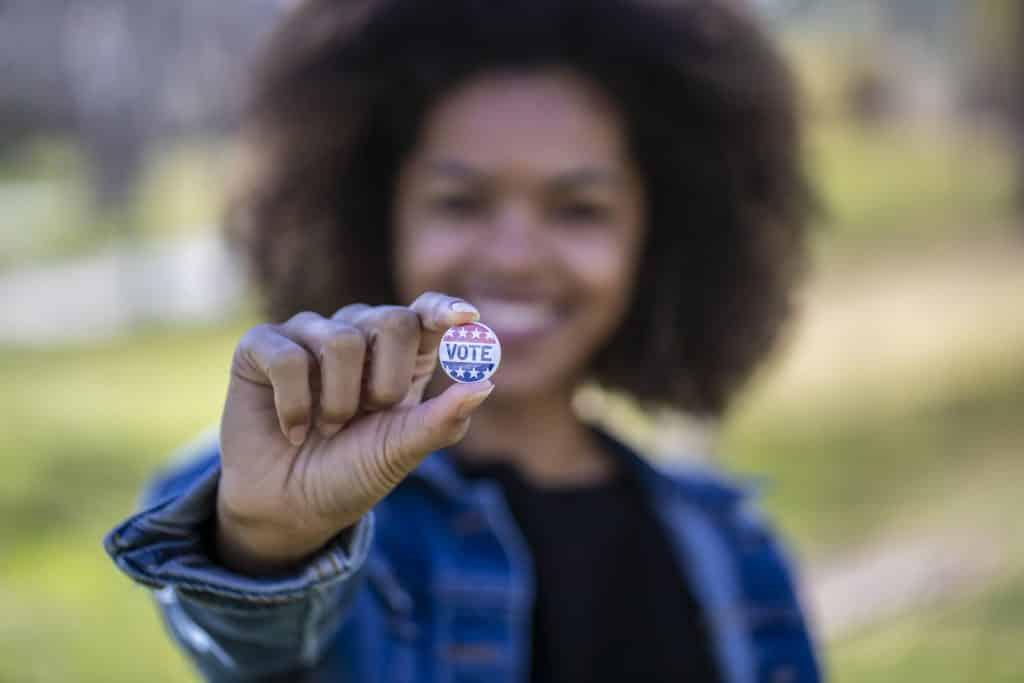
Public Advocate
There are 3 candidates for Public Advocate this election. The Public Advocate is a non-voting member of the City Council who may introduce or co-sponsor bills presented to council for voting.
They also provide oversight for city agencies, investigate complaints from citizens about city services and, if the mayor leaves office for some reason, acts as mayor until a special election may be held to replace the mayor. The Public Advocate holds office for 4 years and may serve up to 2 consecutive terms.
The Public Advocate specifically impacts concerns such as marijuana justice, tenants’ rights, dignified work conditions, and accountability for the criminal justice system.
Comptroller
The Comptroller of NYC creates policies and enforces these in many areas, specifically wages and workers’ rights. The financial health of the city as well as the many city contracts lies heavily in the Comptroller’s hands.
There are 11 candidates for Comptroller this election. The Comptroller functions as the city’s chief financial officer, auditing city contracts and agencies, preventing abuses in city contracts and funds.
Whoever is in this office also manages the city trust and pension funds, as well as managing the city’s overall budget and advises the mayor on financial concerns of the city. This officer holds the position for up to two 4-year consecutive terms.
Borough President
Each borough of NYC has its own Borough President, serving as an advocate for their borough. Borough Presidents consult with the mayor on the annual executive budget, advises on rezoning issues, provides grants to local organizations and appoints representatives to the Community Boards and City Planning Commission. This office may be held for 4-year terms, up to 2 consecutive terms.
Some of the things Borough President’s have done over the years include issuing up-to-date reports on local happenings, police barricades, and vacant storefronts, as well as spreading beneficial information to residents about crises and crisis care, such as COVID-19.
A few defining issues for this year include continued COVID-19 health and safety, street crime, and general safety at the borough level.
City Council Members For New York City Districts
Did you know City Council members can propose and vote on laws that impact mandatory paid sick leave, maternity leave and photo ID programs that allow residents of NYC to gain access to city-based services and benefits? They oversee a budget for improvements in their districts, which New Yorkers can vote on through participatory budgeting.
Each Council member represents one of the 51 city districts within the boroughs of New York City, and all of these districts are on the ballot this election. City Council members are the law-making, or legislative, branch of the city’s government. Council members introduce and vote on bills, approve or negotiate the city’s budget, make decisions about growth and development for the city, and monitor the agencies of the city.
City Council members may hold office for 4-year terms, up to 2 consecutive terms. In 2021, however, newly elected Council members will serve a 2-year term, due to the changes presented by the census of 2020. The city districts will be redrawn to adjust to changes in population between 2021 and 2023, when another election will be held for another 2-year term of new Council members. In 2025, 4-year terms will resume.
To learn more about each specific candidate, visit NYC Votes. There you’ll find a comprehensive guide detailing each candidate and their platform.
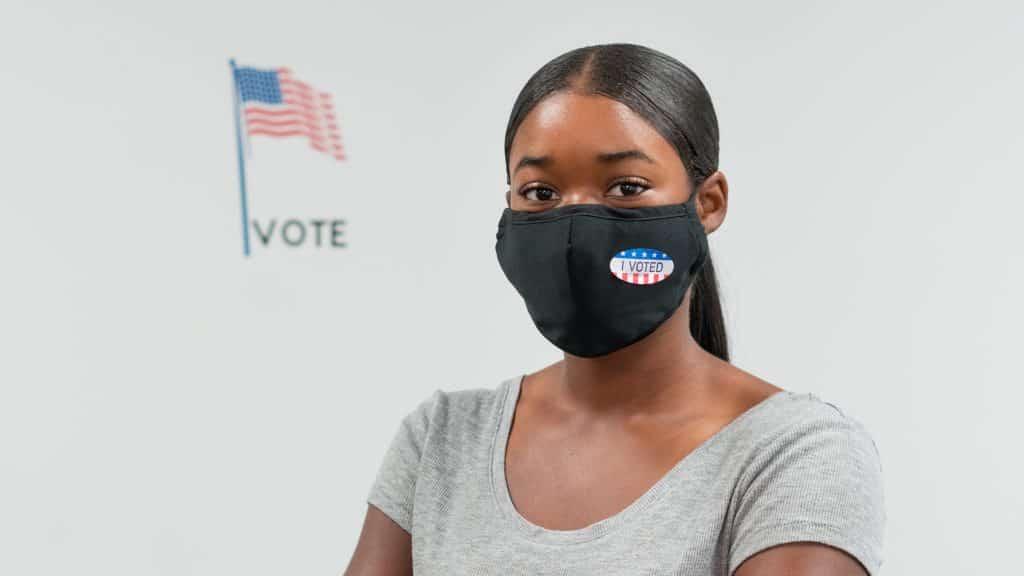
Important Dates For Voting
Now that you know what’s at stake, let’s take a look at critical dates. You have specific deadlines to submit forms and ballots in order to vote this June.
The Registration Deadline
In order to vote this June, you must be registered to vote in New York by May 28, 2021. There are three ways to register.
- Online Registration – Online applications may be found at NYC Votes’ TurboVote site.
- Registration By Mail – Applications may be sent through the mail and must be postmarked no later than May 28 and received by your local County Board of Elections by June 2.
- In-Person Registration – If you plan to register in person, you may do so at your county board of elections site.
Voting Dates
Primary Election Day is June 22, 2021. If you are voting in-person, you may vote on the 22nd between 6 a.m. and 9 p.m. when the polling sites are open. Additionally you may vote via
- Absentee/Vote-by-Mail: You must request a ballot by June 15, and absentee votes must be postmarked no later than June 22.
- Early Voting: You must come to your assigned polling site in order to vote early, in-person. Find My Poll Site has all the information necessary to find your polling site. Polling sites will be open for early voting as follows:
- Saturday, June – 12 8 a.m. to 5 p.m.
- Sunday, June 13 – 8 a.m. to 5 p.m.
- Monday, June 14 – 7 a.m. to 4 p.m.
- Tuesday, June 15 – 10 a.m. to 8 p.m.
- Wednesday, June 16 – 10 a.m. to 8 p.m.
- Thursday, June 17 – 10 a.m. to 8 p.m.
- Friday, June 18 – 7 a.m. to 4 p.m.
- Saturday, June 19 – 8 a.m. to 5 p.m.
- Sunday, June 20 – 8 a.m. to 4 p.m.
How To Vote
This year, New York City is implementing the voting method of Ranked Choice Voting (RCV) in both primary and special elections for city offices. This method is especially beneficial in this summer’s election, due to the massive number of candidates running.
Ranked Choice Voting – What Is It? How Does It Work?
In 2019, New Yorkers voted to make Ranked Choice Voting a part of the election process in the city, passing with over 73% support. RCV allows voters to rank up to five candidates in the order of your preference, rather than the traditional method of voting which limits your choices to only one.
How Are RCV Votes Counted?
If a candidate receives more than 50% of the first-choice votes, that candidate wins the election and takes that office. However, if no candidate receives more than 50% of the first-choice ranking, counting will continue in rounds. As rounds are counted, the candidate with the fewest votes is eliminated.
If your first choice candidate is eliminated your vote goes to your second choice. If that candidate is eliminated, your vote goes to your third choice. And so on, until there are only two candidates remaining.
Once rounds have eliminated all but the top-ranking two candidates, the candidate with the most votes wins.
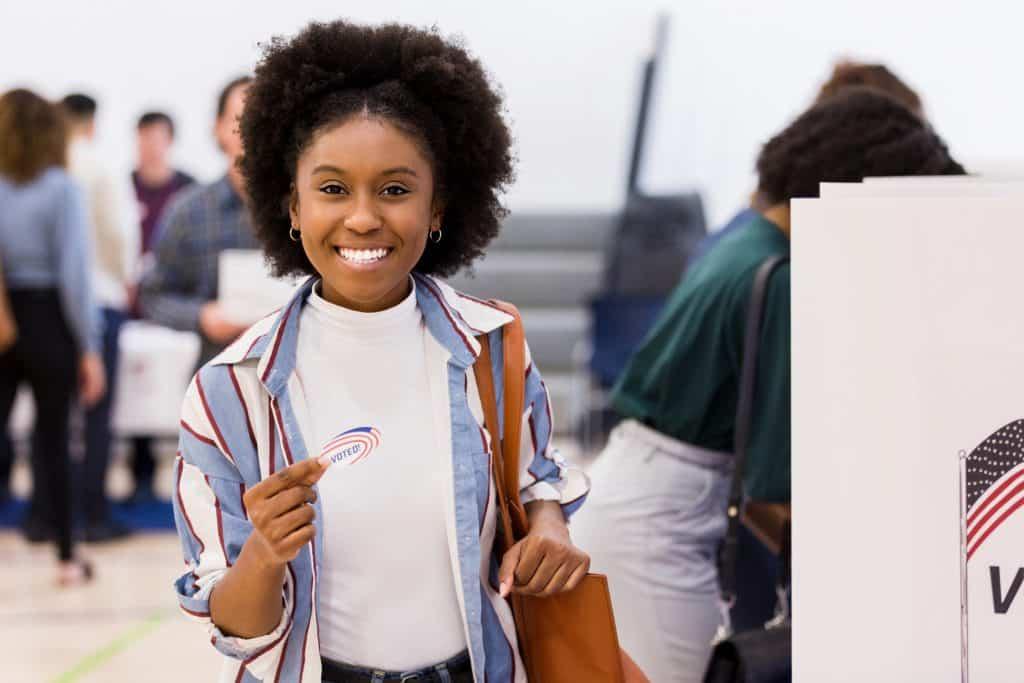
What Are The Benefits Of RCV?
Though it may feel complicated, RCV gives voters more power in the election. Even if your first choice does not win the election, your second or third may do so, and your vote will still matter. RCV also helps to reduce negative campaigning as more candidates will tend to appeal to a wider audience. Finally, and perhaps ways most importantly, this method brings a more diverse representation through more women and POC making it onto the ballot and finding support.
If you’re interested in reading more about this method of voting, more information is available at NYC Votes.
How To Use RCV Ballots
When you see your ballot, you will see the names of candidates on the far left, with bubbles to fill out to the right of their names, up to five choices. These points represent your first through fifth choice.
- To vote for a candidate as your first choice, you mark the bubble in the first column to indicate the person if your top choice for the given office.
- You then repeat the action for the other four candidates, marking your 2nd choice in the second column and so on, only marking each numbered column for one candidate.
- Each candidate should only be indicated once. Any additional rankings will not count as votes in the ranking.
- This means you should have five candidates for each office marked one through five on your ballot.
- Ranking your second through fifth choice of candidates will not harm your first choice. Your next choice vote will only be counted if your previous choice is eliminated.
Absentee Voting – Who Qualifies, And How To Do It
In order to vote via absentee ballot, you must:
- 1. Register to vote.
- 2. Request an absentee ballot by website or in person at your County Election Board, or by mail, phone, or fax before the deadline.
- 3. When the ballot arrives in the mail, you must complete the ballot as instructed and return by mail at least 7 days before the election or place in a drop box before Election Day. Full instructions on when, where, and how to return the ballot will be included with the ballot itself.
Voting In-Person
If you’re opting to vote in person for this election, you must know in advance where your assigned voting location or poll site is. Find My Poll Site gives you all the information necessary to find your eligible location.
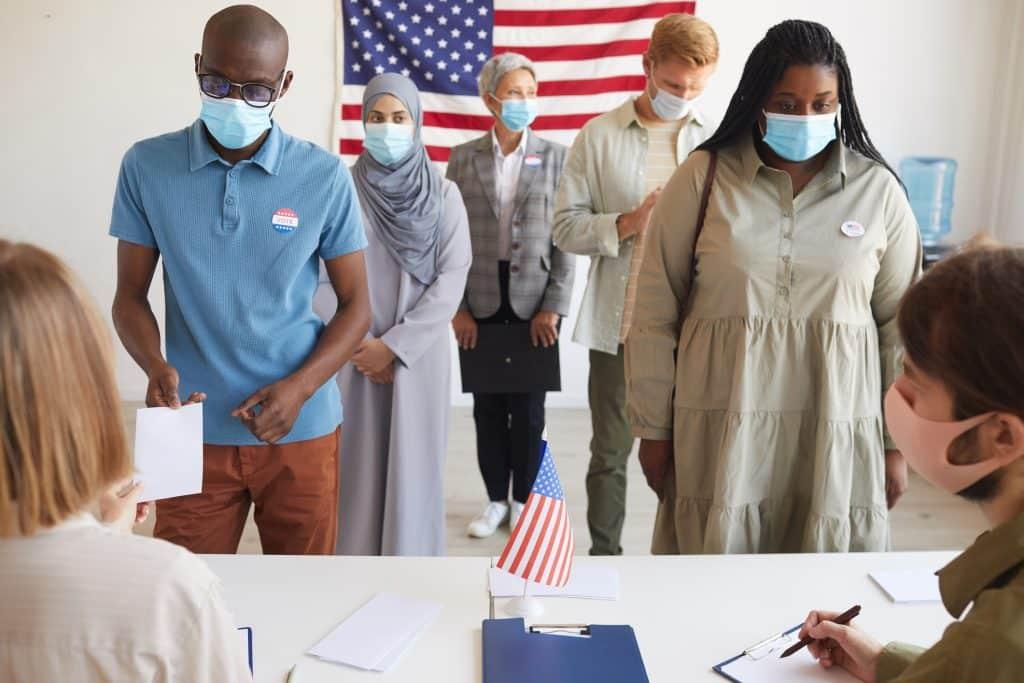
Your Vote Matters
Abigail Thomas, CityTech’s SGA, President, reminds us that, “In this representative democracy, the [most local form of government] we have is in municipal and local government, which is under the state. This is why local elections are so significant. Because if you don’t have the right people there, if you don’t make sure to lay [your concerns] at the doors of city councilpersons first, and start influencing their opinions on these issues, then it never makes enough noise to get out to the world.”
Every single vote in this election matters because every voter matters. We start here, in the local government, to impact the world around us.
[Editor’s note: This article is sponsored by the New York City Campaign Finance Board.]


